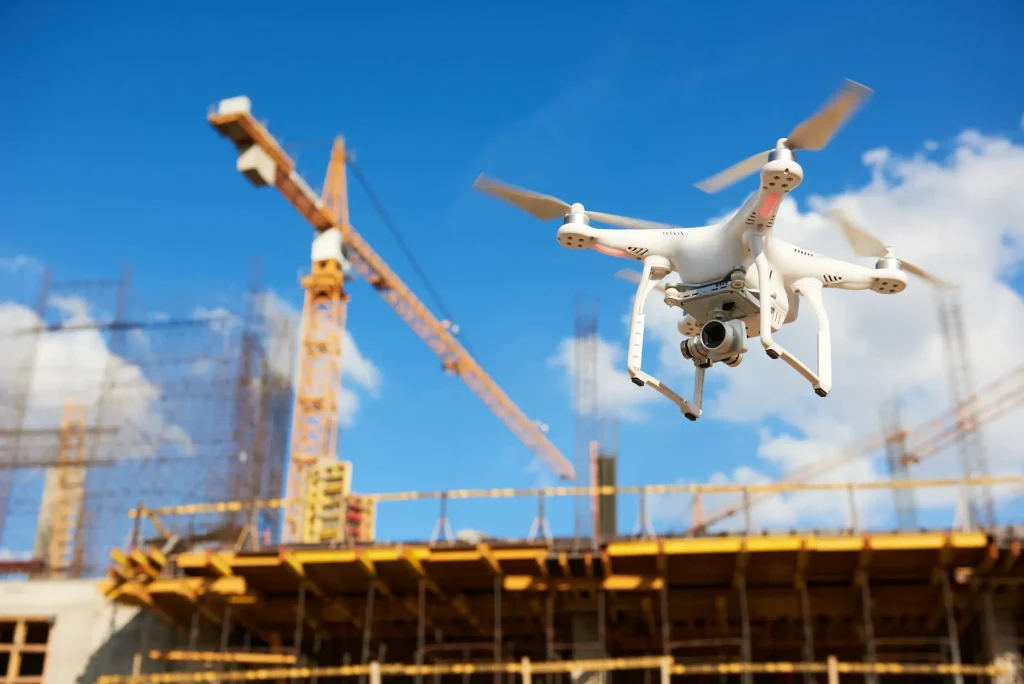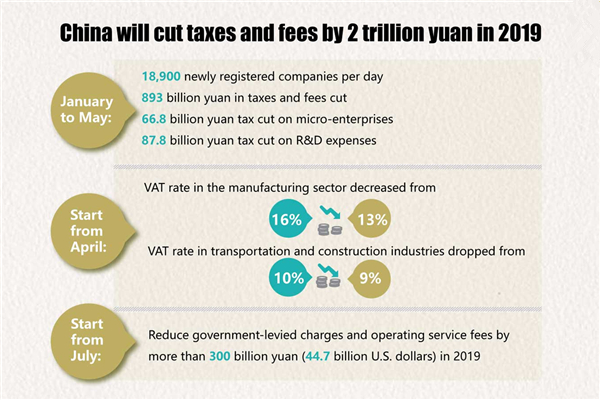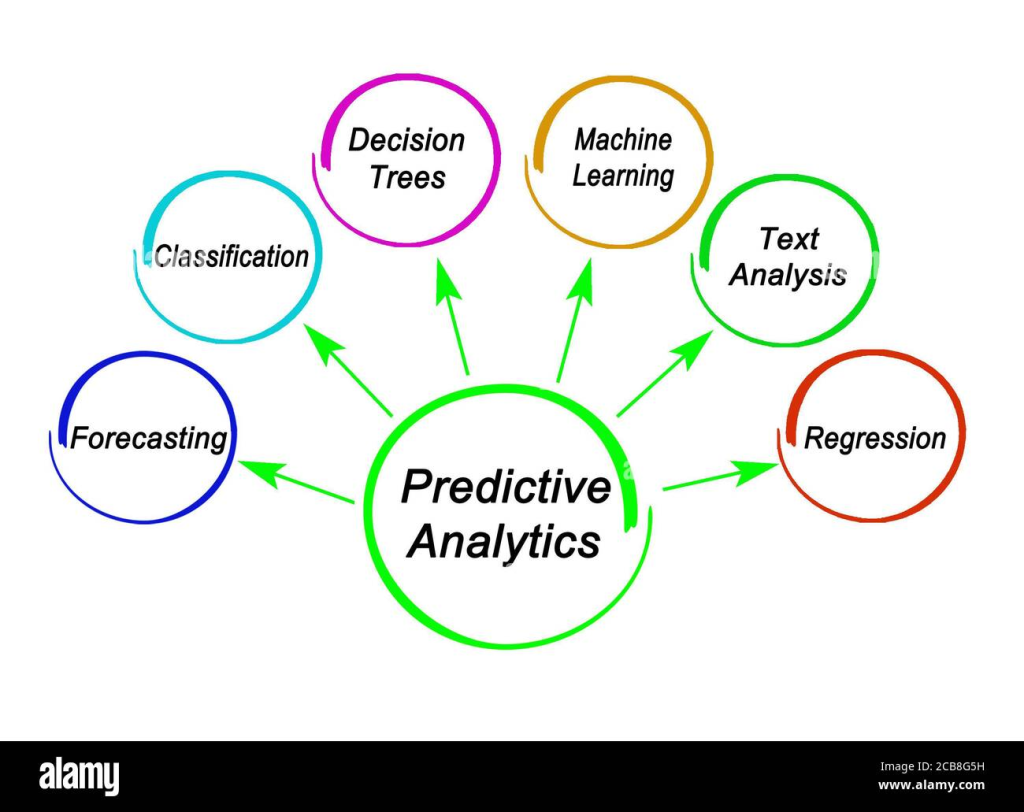Construction technology is revolutionizing how the vast $10 trillion construction industry operates, integrating advanced tools that enhance productivity and streamline processes. As the demand for construction industry innovation accelerates, companies are leveraging AI construction tools to tackle traditional inefficiencies and improve onsite collaborations. With the rise of mobile operation in construction, usability testing in construction has become essential in ensuring that digital solutions are user-friendly and address real-world challenges. Technologies such as construction apps are increasingly central to daily operations, designed to fit seamlessly into the workflows of diverse project teams. This shift not only changes how projects are managed but also unlocks significant potential for cost savings and efficiency, ultimately reshaping the future of the sector.
In the realm of building and infrastructure, advancements in construction tech are setting new standards for project execution and management. This sector, often characterized by its reliance on traditional methods, is now embracing digital transformation through innovative tools aimed at optimizing efficiency and enhancing collaboration on job sites. By prioritizing user-centric design and functionality, technologies that facilitate mobile management and streamlined communication are becoming integral to construction workflows. The intersection of artificial intelligence in construction processes not only improves usability and adaptability but also addresses unique site challenges. As the construction landscape evolves, the focus on practical applications of technology underscores a critical shift toward embracing modern solutions.
Understanding Usability Testing in Construction Technology
Usability testing in the construction technology sector is pivotal to bridging the gap between innovative tools and their practical application. This rigorous process involves assessing how real users interact with construction apps and tools in their natural working environments—busy job sites fraught with unique challenges. Such testing not only illuminates how users cope with technology under physical constraints, like wearing gloves and working amidst noise, but it also helps identify critical pain points that can hinder efficiency and safety. The insights gained from usability testing directly inform the design and functionality of construction tools, ensuring they meet the actual needs of the workforce.
Annie Liang’s experience with Billie Onsite exemplifies the importance of usability testing in developing construction technology. By conducting tests across over 300 building sites, her team recognized that traditional software often overlooked the intricacies of on-site work, resulting in tools that were not user-friendly in practice. With findings from usability tests, Liang was able to innovate features such as voice activation and one-handed operation, which are crucial for enhancing worker efficiency. This level of testing fosters a user-centered approach to product development, ultimately leading to solutions that significantly enhance productivity and safety in construction.
The Evolution of Construction Apps: Key Innovations
The evolution of construction apps has been a game-changer for the industry, bringing significant improvements in project management and communication. Initially, many construction tech startups focused on creating elaborate project management solutions without adequately understanding the user environment. However, as the industry continues to embrace innovation, the trend is shifting towards more practical applications that prioritize performance efficiency, such as voice-activated features and mobile capabilities tailored for onsite use. These modern construction apps now integrate advanced technologies, including AI and machine learning, to provide real-time data and insights that directly support decision-making on the ground.
Moreover, the integration of usability testing with technological advancements has led to more responsive and adaptive construction apps. As seen with Annie Liang’s Billie Onsite, the focus on user feedback from extensive testing allows for constant iteration and improvement. This ensures that construction apps are not only intuitive but also equipped to handle the specific challenges encountered in the field. Consequently, these tools now address key areas such as communication streamlining, data capture, and compliance verification, providing substantial benefits and fostering greater adoption among construction teams.
Challenges and Opportunities in AI Construction Tools
AI construction tools present both immense opportunities and distinct challenges within the traditional construction industry. While the integration of artificial intelligence can vastly enhance data processing, project management, and site monitoring, the barriers to adoption remain significant. These tools must navigate an industry entrenched in legacy practices and diverse stakeholder methods, where effective collaboration and data-sharing often falter. Understanding these challenges allows developers to craft AI solutions tailored for construction uniquely, emphasizing usability and functionality tailored to onsite workflows.
For instance, by focusing on pain points identified through imperative usability testing, construction-focused AI tools can address critical operational inefficiencies, such as those related to stakeholder communication and project reporting. The potential for automation with AI could significantly reduce time lost to administrative tasks. It’s essential, however, that these tools demonstrate clear return on investment, as construction firms are typically cautious in their technology spending. When AI construction tools can deliver quantifiable outcomes such as reduced delays and improved compliance checks, they have the ability to transform operational processes within the industry.
Unlocking Efficiency Through Mobile Operation in Construction
Mobile operation in construction represents a pivotal shift in how work gets done on-site. With many construction professionals frequently on the move, leveraging mobile technology enhances communication and data management significantly. Tools and apps designed specifically for mobile use can accommodate the rigors of a job site, enabling workers to capture data, document progress, and communicate effectively without disrupting their workflow. This transition to mobile operation is not just a convenience but a necessity to improve efficiency in an industry already notorious for its complex logistics and coordination issues.
Annie Liang’s focus on one-handed mobile operation at Billie Onsite highlights the critical importance of accommodating the unique challenges faced by construction workers. Incorporating features like voice activation allows workers to interact with apps while keeping one hand free, thus ensuring their safety and efficiency are not compromised. As more builders recognize the advantages of mobile technology, the construction industry is seeing a gradual but impactful transformation, where streamlined processes and enhanced productivity yield better project outcomes.
Transforming Stakeholder Collaboration in Construction
Effective stakeholder collaboration is vital in construction, where numerous parties such as architects, contractors, and clients must work together towards common goals. However, communication breakdowns frequently occur due to the complexity of the industry and distinct workflows among different groups. Leveraging innovative construction technology, particularly through the lens of usability testing, provides an avenue to improve how various stakeholders interact and share information across the project lifecycle. By creating tools that facilitate seamless communication and data-sharing, technology can help mitigate misunderstandings and align project objectives more effectively.
Billie Onsite exemplifies this transformation by focusing on high-value outcomes and identifying communication issues that plague project timelines. For instance, Liang’s emphasis on developing interfaces that cater to the varying needs of field workers and project managers reflects a sophisticated understanding of stakeholder dynamics. Tailoring technology solutions to meet distinct user needs enhances collaboration, reduces project delays, and ultimately drives greater project success. As the construction industry continues to modernize, successfully addressing stakeholder interaction through innovative tech will be a key differentiator for firms looking to thrive.
Addressing Physical Constraints with Construction Technology
Physical constraints present a formidable challenge for technology adoption in the construction industry. Workers frequently have to contend with adverse conditions, such as weather impacts, safety gear requirements, and the necessity of mobility on job sites. Traditional software solutions often ignore these constraints, resulting in interfaces that are not well-suited for actual onsite use. By acknowledging the realities of the construction environment, innovative companies like Billie Onsite are designing tools that are not only functional but also resilient against the difficulties of real-world conditions.
Through extensive usability testing, Liang and her team identified the need for developing a construction technology interface that supports one-handed operation and voice control. These advancements help ease the friction between workers and technology, facilitating smoother interactions while maximizing safety. As construction projects increasingly demand high-efficiency levels, investing in tech that respects and adapts to physical constraints is crucial for gaining adoption and ensuring that solutions truly benefit users on the ground.
The Future of Construction Technology Innovation
The future of construction technology innovation looks promising, as industry stakeholders recognize the expansive potential for enhanced efficiency and safety. As firms begin to more actively embrace the possibilities afforded by AI, mobile apps, and usability-focused design, we can expect a significant transformation in how construction projects are managed. By prioritizing user experience through rigorous field testing, technology providers are better positioned to create intuitive solutions that contribute directly to a project’s success. This shift signals a growing recognition that successful technology integration requires deep understanding of user needs and environments.
Annie Liang’s approach at Billie Onsite reflects this emerging paradigm, where construction technology is no longer viewed solely through the lens of innovation but also as a solution that addresses real-world challenges. The ongoing collaboration between tech developers and field users will shape the future landscape of construction, as firms that harness this knowledge are poised to drive the industry forward. By focusing on usability and adaptability, companies can better equip themselves to meet the demands of a fast-evolving sector that is ripe for disruption.
Key Metrics for Measuring Success in Construction Technology
Measuring success in construction technology is vital for ensuring that investments translate into tangible benefits for firms. Key metrics should focus not only on user experience but also on quantifiable improvements in productivity and cost savings. For instance, tracking how much time is saved through improved communication, data capture, or compliance checks can help demonstrate the return on investment associated with adopting new technology. This data becomes pivotal in influencing software investment decisions, especially in an industry where stakeholders are hesitant to change established practices.
Billie Onsite’s emphasis on delivering measurable business impacts illustrates the necessity of aligning technology outcomes with operational goals. By concentrating on specific metrics such as reduction in project delays and enhanced stakeholder engagements, technology providers can make a strong case for their solutions. Cost-savings from streamlined processes and efficient performance metrics become persuasive arguments, helping construction firms understand the value of investing in innovative technology solutions.
Fostering Unique User Experiences Across Different Roles
In construction, different user groups exhibit distinct needs that significantly inform how technology should be developed. Bottom-up users, like site teams, prioritize rapid data capture to ensure project transparency, while top-down users, such as project engineers, focus on compliance and quality assurance. Recognizing these diverse perspectives is crucial for technology providers aiming to create solutions that cater to both parties effectively. Tailoring features and interfaces to align with these varied user goals helps foster a strong adoption probability within an organization.
Liang’s findings at Billie Onsite demonstrate the importance of understanding user roles within a construction context. Delivering a voice-activated AI system capable of serving both bottom-up and top-down needs ensures that all stakeholders can benefit from its functionalities. By taking a holistic view of user experiences, technology developers create tools that empower construction professionals across various roles, enhancing collaboration, efficiency, and ultimately improving overall project outcomes in an industry looking for innovative solutions.
Frequently Asked Questions
What role does AI play in modern construction technology?
AI in construction technology enhances efficiency and safety by automating repetitive tasks, analyzing data for better decision-making, and improving project management. Tools like AI construction apps streamline workflows, enabling real-time communication and data analysis, which are crucial for successful project delivery.
How can usability testing improve construction apps?
Usability testing is vital in construction technology as it identifies user challenges in real-world scenarios. By testing construction apps across numerous sites, developers can refine interfaces and features to better meet the physical and operational needs of users, ultimately leading to higher adoption rates and satisfaction.
What are the benefits of mobile operation in construction?
Mobile operation in construction allows workers to access data and tools on-the-go, increasing productivity and collaboration. With tools designed for one-handed use and voice activation, construction teams can manage tasks more effectively, reducing delays and improving site communication in challenging environments.
Why is construction industry innovation important for project success?
Construction industry innovation addresses the unique challenges and inefficiencies faced on-site. By integrating advanced technologies such as voice-AI systems and mobile construction tools, firms can improve workflow, enhance communication among stakeholders, and ultimately deliver projects on time and within budget.
How can construction technology improve stakeholder communication?
Construction technology enhances stakeholder communication through centralized platforms that allow real-time data sharing and reporting. Voice-activated systems and mobile apps enable site teams and management to interact seamlessly, reducing misunderstandings and ensuring everyone is aligned with project goals.
| Key Point | Details |
|---|---|
| Annie Liang’s Startup | CEO of Billie Onsite, developed a voice-AI system after extensive field testing. |
| Extensive Testing | Over 300 building sites tested to improve user interaction and technology usability. |
| Focus on Adoption Challenges | Identified that construction tech often fails due to lack of consideration for real-world working conditions. |
| Iterative Development | 15 app iterations were made to refine the user interface and address practical issues. |
| Need for Contextual Tools | Business software designed without onsite practicalities leads to low adoption rates. |
| AI Applications | Voice activated AI serves specific pain points in construction such as reporting and compliance. |
| Targeting Unique User Needs | Different objectives for bottom-up and top-down users were identified and addressed. |
| Measurable Return on Investment | Proven outcomes like cost savings and efficiency improvements are crucial for adoption. |
Summary
Construction technology is on the brink of transformation, as illustrated by startups like Billie Onsite, which emphasize user-friendly, practical solutions derived from rigorous field testing. By engaging directly with the unique challenges faced by construction workers and iterating based on real-world feedback, companies can develop tools that not only enhance efficiency but also resonate with users. Billie’s innovative voice-AI system showcases how addressing the specific needs and operational realities of the construction sector can lead to significant advancements and better adoption rates in an industry ripe for technological integration.



